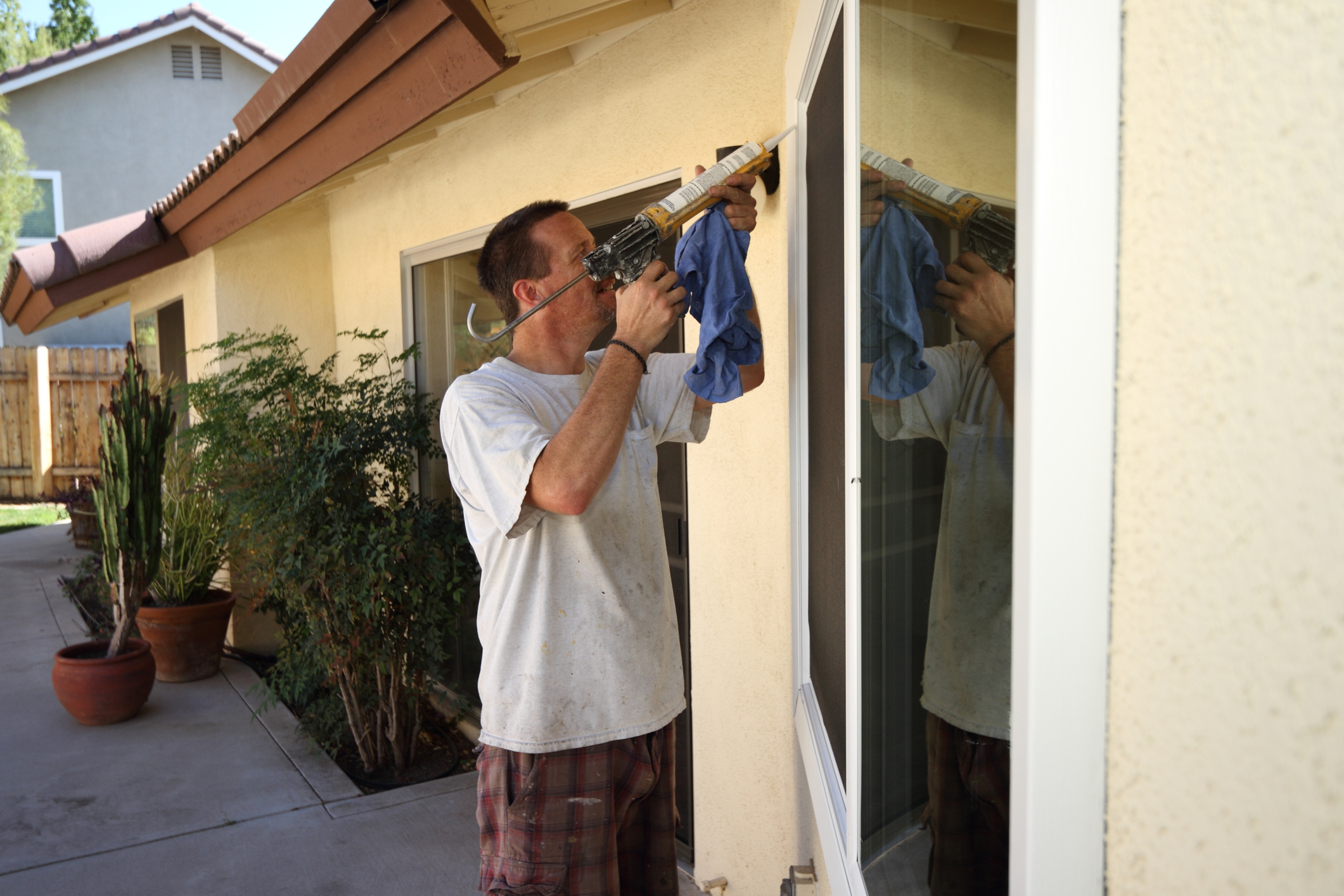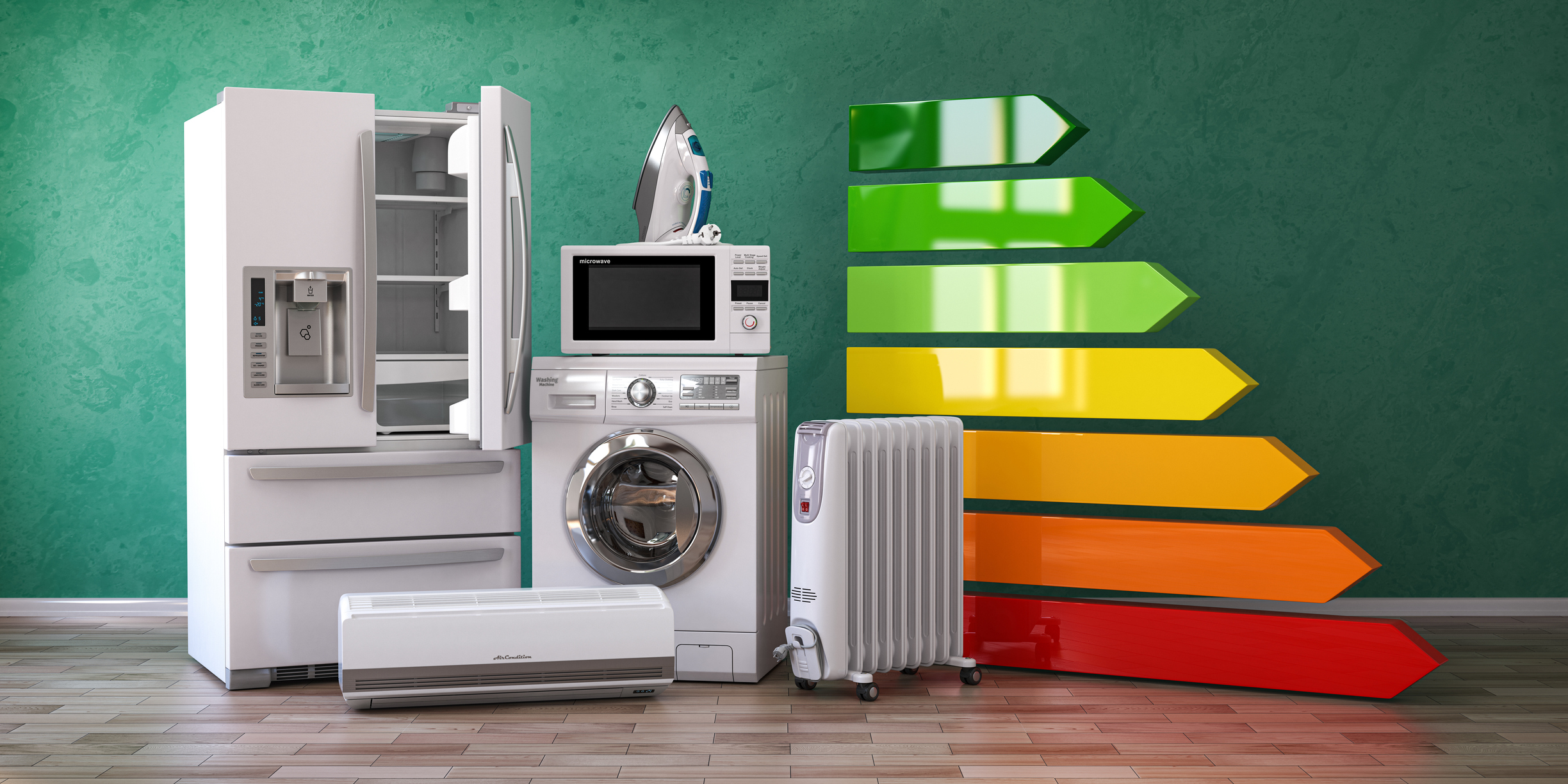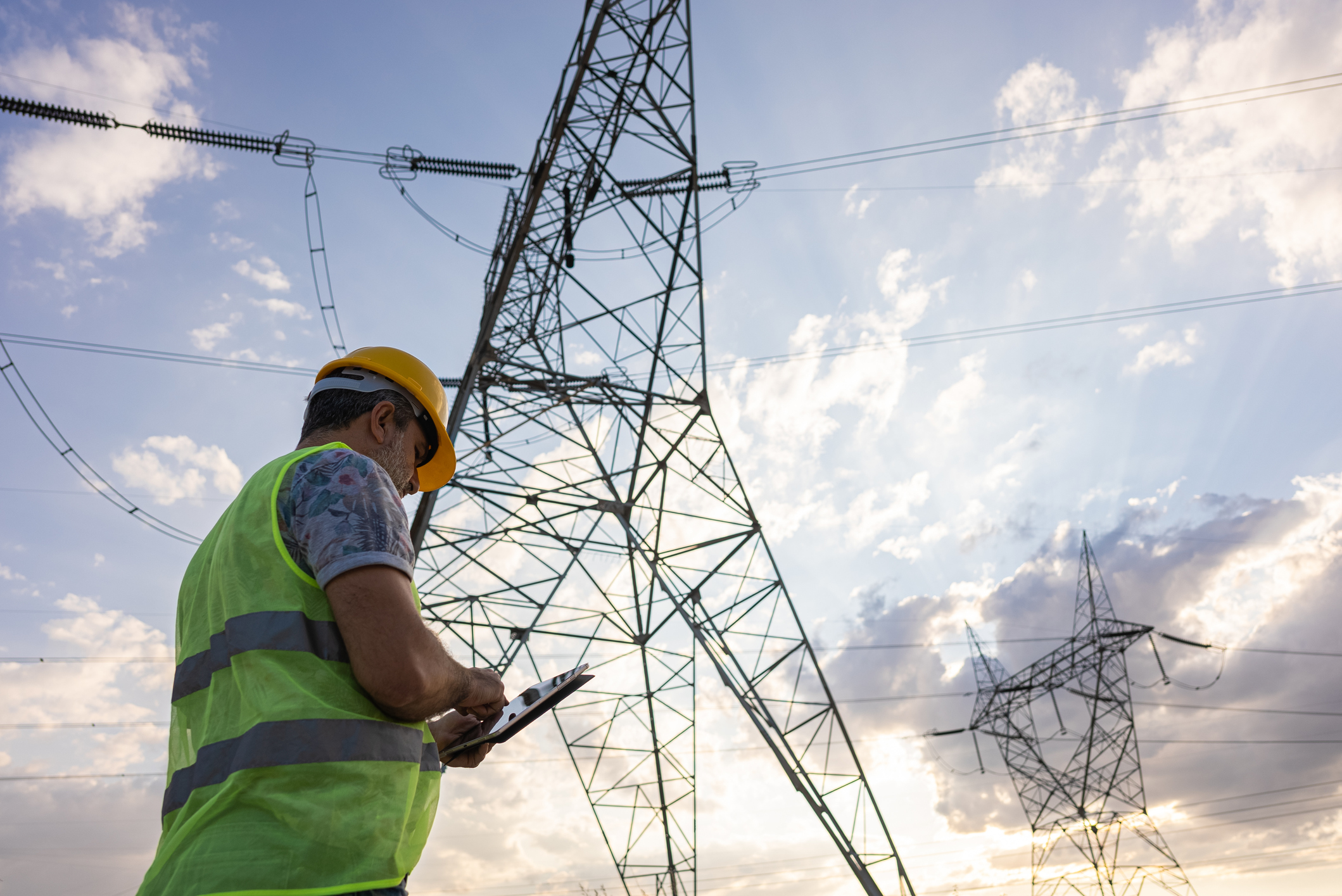The holidays are a time for giving, but it’s also a time for receiving. And it’s the time of year when goodwill is abundant. If you find that you’re facing challenges this holiday season and need a helping hand, don’t hesitate to reach out for help. There’s state and local assistance for paying energy bills as well as making home improvements that increase comfort and energy efficiency.
We’ve broken it down by state so it’s easy for Provider Power customers to find community support and assistance in their area this holiday season.
Getting Energy Assistance in Massachusetts
Massachusetts may be the second-most energy efficient state in the country according to WalletHub, but utility bills are still difficult for some people to pay, especially in the winter months. Turning off the heat isn’t an option when temperatures are freezing outside. Luckily, there’s assistance for those who need it, and many programs include heating costs.
Energy assistance programs in Massachusetts include:
- Massachusetts Low Income Home Energy Assistance Program (LIHEAP)
- Heating Emergency Assistance Retrofit Task Weatherization Assistance Program HEARTWAP for heating systems that’s administered by local Community Action Agencies (CAAs)
- Federal Weatherization Assistance Program (WAP)
- The Massachusetts Good Neighbor Energy Fund
- Free energy assessments from MassSAVE
There are additional assistance programs offered by the utility companies. You can check with your local utility to see which programs are available and who qualifies.
New Hampshire Energy Assistance Programs
In some states, cooling adds the most to the utility bill. But in New Hampshire, 40% of the energy bill is from space heating. It’s not just a matter of the cold weather. There are many homes in New Hampshire built decades ago so they aren’t energy efficient.
New Hampshire is one of the states that offers direct financial assistance with electric bills. The Electric Assistance Program (EAP) helps cover 5-86% of monthly electric bills. The assistance is based on household size and income. Households that are eligible will receive assistance for 12 months.
State residents can also receive help with energy costs through:
- New Hampshire Low Income Home Energy Assistance Program (LIHEAP)
- Federal WAP program
- Gas assistance programs through utility companies
- State Fuel Assistance Program (FAP)
- State natural gas efficiency programs
- Energy assistance initiatives from CAAs
- Assistance with weatherizing a home, available from local utilities and community action agencies
- Home energy audit programs
Another way to save on energy-related expenses is through rebates. NHSaves.com provides information on rebates for energy audits, water heaters and more.
For more information, check out our article on energy saving programs in New Hampshire.
Energy Assistance and Weatherization Assistance in Maine
Sitting up in the northeast corner of the country, Maine is no stranger to the cold. The temperature regularly dips down below zero degrees, which means adequate heat is a must inside homes. That’s why there are a variety of assistance programs focused on helping Maine residents improve energy efficiency in the winter as well as financial assistance for paying energy bills that can increase significantly.
Assistance programs that help with energy expenses in Maine include:
- Maine Low Income Home Energy Assistance Program (LIHEAP)
- Maine Home Energy Assistance Program (HEAP)
- Maine State Housing Authority Weatherization Program
- Federal WAP program
- Local electric utility’s Low Income Assistance Plan (LIAP)
- State Central Heating Improvement Program (CHIP) for heating system repair or replacement
- Energy assistance initiatives from Maine CAAs
Many cities in Massachusetts, New Hampshire and Maine have additional assistance programs and community resources that can help make energy costs more manageable. The assistance may be open to all local residents or based on factors like income and need. What’s most important is knowing that there’s no shame in getting help with the necessities in life when you need it. These programs exist for a reason, and the people administering them are more than happy to help out.
At Provider Power we can help you manage energy costs with fixed rate plans that make utility bills more predictable. Use your zip code to find Provider Energy plans in Massachusetts, New Hampshire and Maine.










